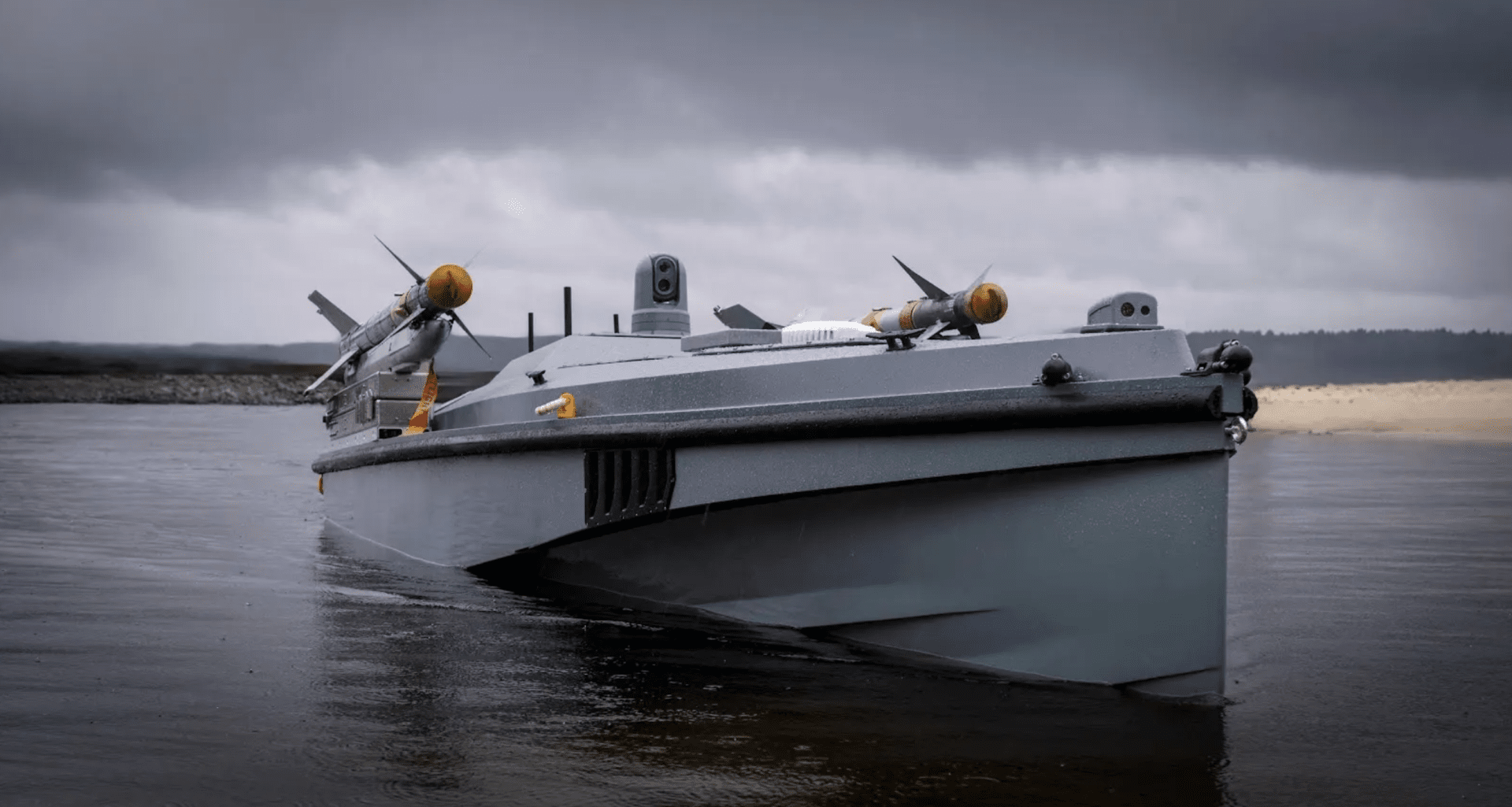- The modern-day warfare has gone high-tech on the back of cutting-edge technology-driven innovations, inventions, advancements, and developments have been discussed threadbare over the last couple of decades. Unparalleled and unimaginable scientific evolution in recent times has transformed the fighting machinery of every military in the world to keep them to stay at par and/or ahead of others. Yes, the supremacy enjoyed by the most advanced nations vis-à-vis military capabilities by investing hugely, has ensured that the newer inventions are always scaling perpetually. Some may call it war mongering, and others may term it a credible deterrent, the fact of the matter is arms race in whatever hues and colours is here to stay. Period.

PC: The National Interest
- Where does the Indian armed forces stand concerning military preparedness and readiness since the western and eastern borders are always on the knife-edge courtesy of our neighbours hell bent on fomenting trouble through various means. Have the Indian armed forces kept pace with equipping our military inventory with all the latest developments based on prudence as well as necessity to take on the adventures of our neighbours? What are our strategic and defence purchase plans in line with the fast-evolving dynamics surrounding the military hardware? Let’s dwelve further to infer the matter. In a world’s first such instance, Ukraine took down a Russian fighter jet, a Su-30, with a naval drone, once again highlighting the changing dynamics of warfare.

PC: DefenceXP
- This comes on the back of Ukraine downing two Mi-8 helicopters last December in what was then considered the world’s first drone strike on airborne targets from the sea. Here, India would do well to take note of these developments. Why? India operates a fleet of 259 Su-30MKIs – the Indian variant of Su-30. It must evaluate whether these fighters are susceptible to drones and what countermeasures can be incorporated to plug any vulnerabilities. Beyond that, some fundamental changes need to be recognized to optimize the modernization of the Indian armed forces. After Ukraine, it’s widely accepted that drones need to be incorporated into defence strategy and the reorganization of the forces. Indeed, there are also bigger questions to be asked.

PC: UNITED24 Media
- How much of our future procurement should be focused on acquiring big, conventional platforms worth millions of dollars when we could be facing an enemy with drones worth a fraction of that price? Wouldn’t it be better to invest that money in anti-drone systems or stealth technology? Look at this, the Ukrainian Magura marine drone that took down the Su-30 jet costs just over $265,000 compared to the $50mn price tag for the Russian fighter. India must be alert to the emerging threats and opportunities that drones present. Thus, it makes eminent sense that the acquisition of drones also radically changes strategic defence calculations. As such, investing in and developing drone systems, as well as developing a doctrine on drone warfare, are tasks that must be prioritized on a war footing.






